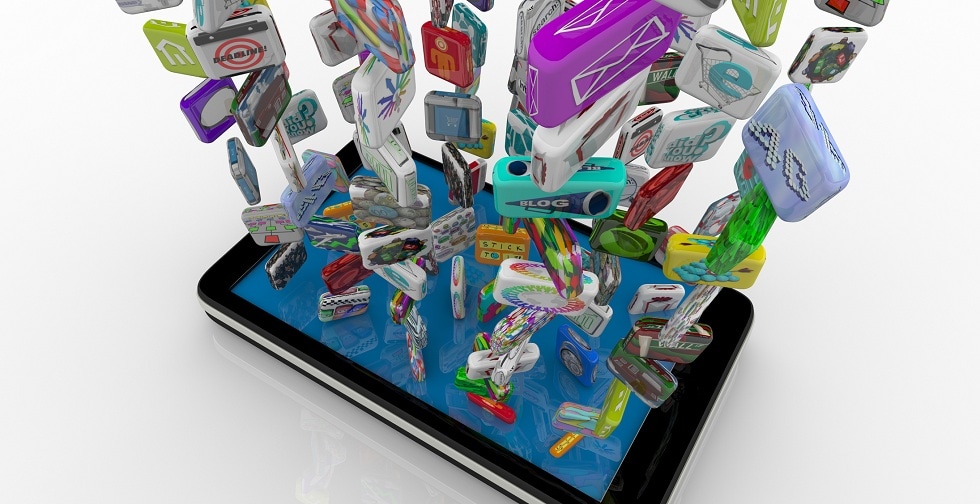Mobinautes would be more and more inclined to pay for premium content. Individuals are increasingly accessing the web via their mobile phones, particularly through applications. Applications that they are willing to pay for if the service deserves it. A windfall for businesses?
Every day, mobile devices are used to access the Internet by more than two-thirds (69 %) of the Internet users surveyed by Accenture (59 % in France) for its Mobile Web Watch 2012 study. The multiplicity of applications is obviously at the source of this craze. For details, 71 % of the mobile users surveyed have downloaded programs or applications on their phones. The most successful applications are those providing information on train timetables, weather and news. On average, they appeal to nearly three-quarters (72 %) of respondents worldwide, and 79% in France. Next are leisure applications with 70% (73 % in France).
"The growth of mobile Internet, combined with the propensity to pay for applications such as the cloud and other premium services, opens up significant opportunities for players in the telecom, media and technology industries," said Jean-Laurent Poitou, global head of strategy and business development for Accenture's Telecom, Media & Technology businesses.
Demand for mobile information services
This demand for mobile services will require investment. "Enterprises need to be responsive, transform their business models and leverage mobile and cloud-based CRM technologies to meet the changing demands of their customers," he adds. Mobile usage is most prevalent among young people (82 % among 14-19 year olds, compared to 81 % among 20-29 year olds, 74 % among 30-39 year olds, 66 % among 40-49 year olds and 45 % among users aged 50 and over). Moreover, these younger generations are in favour of using social networks and instant messaging, since two thirds (68 %) of 14-19 year olds use them at least once a day. Finally, more men (73 %) than women (66 %) are using them. Therefore, companies need to target their consumers accordingly. In addition, they must take into account the fact that individuals perceive mobile advertising as a nuisance at 38% for banners and 37% for text messages. Whereas 90% are in favour of information messages about special offers, promotions or coupons and 60% even find them enjoyable.
Which media and which countries?
The mobile device most frequently used to connect to the Internet is the smartphone (61 % of respondents), followed by netbooks (37 %) and tablets (22 %). Because of its affordability compared to other tools, it is also very popular in emerging markets. Emerging markets are pioneering the adoption of mobile terminals (more than 70 % on average) for Internet access in Brazil, South Africa and Russia. Mobile Internet is also on the rise in Europe, with the use of smartphones to access the Internet rising from 27 % in 2010 to 67 % today, doubling in Austria (31% to 32%) and even tripling in Germany (17 to 51 %).
{Jacuzzi on}












